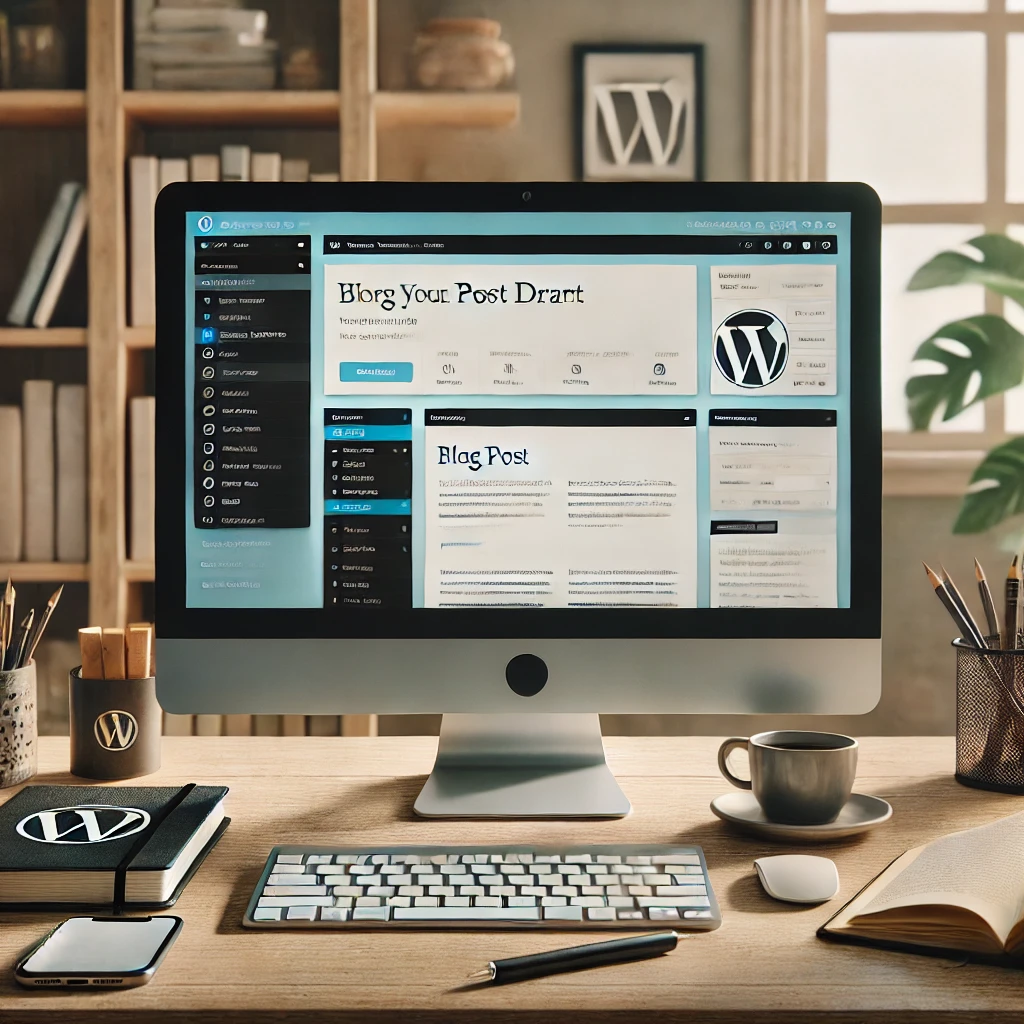How to Assign Category Authors in WordPress: A Complete Guide

Categories:
4 minute read
Managing content categories effectively is crucial for organizing your WordPress website and improving user experience. One often overlooked but powerful feature is the ability to assign authors to specific categories. This comprehensive guide will walk you through various methods to implement category authorship, its benefits, and best practices for organizing your WordPress content.
Why Assign Category Authors?
Before diving into the how-to, let’s understand the benefits of assigning category authors:
Content Organization: Better management of multi-author blogs
Expert Association: Link specific topics with subject matter experts
User Experience: Help readers find content from their favorite authors
SEO Benefits: Create author-specific archives for specialized topics
Content Accountability: Clear ownership of different content sections
Method 1: Using Custom Fields
Basic Setup
The simplest way to assign category authors is through WordPress custom fields. Here’s how:
Navigate to Posts → Categories in your WordPress dashboard
Create or edit a category
Add a custom field with the following steps:
Click “Add Custom Field”
Name the field “category_author”
Enter the author’s username or ID
Click “Add Custom Field” Implementation Code
Add this code to your theme’s functions.php file:
function display_category_author($category_id) {
$category_author = get_term_meta($category_id, 'category_author', true);
if ($category_author) {
$author = get_user_by('login', $category_author);
if ($author) {
return $author->display_name;
}
}
return false;
}
```
## Method 2: Using a Plugin Solution
For those who prefer a no-code solution, several plugins can help manage category authors:
Option A: Category Author Plugin
* Install and activate a category author plugin
* Navigate to Posts → Categories
* You'll see a new "Author" field for each category
* Select the desired author from the dropdown
* Save the category
Option B: Custom User Role Editor
Some user role plugins allow you to:
* Create category-specific roles
* Assign users to specific categories
* Manage posting permissions by category
## Method 3: Creating a Custom Taxonomy
For more advanced implementations, you can create a custom taxonomy that links authors to categories:
function create_author_category_taxonomy() {
register_taxonomy(
'author_category',
'post',
array(
'label' => 'Author Categories',
'hierarchical' => true,
'public' => true,
'show_ui' => true,
'show_admin_column' => true,
'query_var' => true,
'rewrite' => array('slug' => 'author-category'),
)
);
}
add_action('init', 'create_author_category_taxonomy');
```
## Best Practices for Category Author Management
1. Planning Your Category Structure
Before implementing category authors:
* List all your content categories
* Identify primary content creators
* Map authors to their expertise areas
* Consider hierarchy needs
* Plan for future scaling
2. Setting Up Author Permissions
Establish clear guidelines for:
* Category creation rights
* Content posting permissions
* Author assignment capabilities
* Editorial workflows
* Category management roles
3. Documentation and Training
Create documentation for:
* New author onboarding
* Category assignment procedures
* Content guidelines per category
* Author Responsibilities
* Technical requirements
## Advanced Customization Options
Creating Author Archives by Category
Add this code to display category-specific author archives:
function custom_category_author_archive($query) {
if (is_category() && !is_admin()) {
$category_id = get_queried_object_id();
$category_author = display_category_author($category_id);
if ($category_author) {
$query->set('author_name', $category_author);
}
}
return $query;
}
add_action('pre_get_posts', 'custom_category_author_archive');
```
Adding Author Information to Category Pages
Enhance category pages with author details:
function display_category_author_info() {
if (is_category()) {
$category_id = get_queried_object_id();
$author = display_category_author($category_id);
if ($author) {
echo '';
}
}
}
add_action('loop_start', 'display_category_author_info');
```
## Troubleshooting Common Issues
1. Author Assignments Not Displaying
If author assignments aren't showing:
* Check user permissions
* Verify custom field names
* Clear cache
* Review theme compatibility
2. Multiple Author Conflicts
When managing multiple authors:
* Establish primary author hierarchy
* Create clear assignment rules
* Implement conflict resolution procedures
* Document decision-making processes
3. Performance Considerations
To maintain site performance:
* Use efficient queries
* Implement caching
* Optimize database calls
* Monitor server load
## Future Considerations
As your WordPress site grows, consider:
* **Scalability*** Plan for increased authors
* Prepare for category expansion
* Consider automated assignments
* **Integration*** Connect with other plugins
* Implement API connections
* Enable external tools
* **Automation*** Set up automatic assignments
* Create workflow triggers
* Implement batch processing
## Conclusion
Assigning category authors in WordPress can significantly improve your content organization and user experience. Whether you choose a simple custom field solution or implement a more complex custom taxonomy, the key is to select the method that best fits your site's needs and maintain consistent documentation and procedures.
Remember to regularly review and update your category author assignments, keeping them aligned with your content strategy and organizational goals. With proper implementation and management, category authors can become a powerful tool in your WordPress content management arsenal.
## Next Steps
To get started with category authors:
* Evaluate your current category structure
* Choose the implementation method that best suits your needs
* Document your procedures
* Train your team
* Monitor and adjust as needed
By following this guide and implementing these best practices, you'll be well on your way to creating a more organized and efficient WordPress site with clear category ownership and improved content management.
Feedback
Was this page helpful?
Glad to hear it! Please tell us how we can improve.
Sorry to hear that. Please tell us how we can improve.